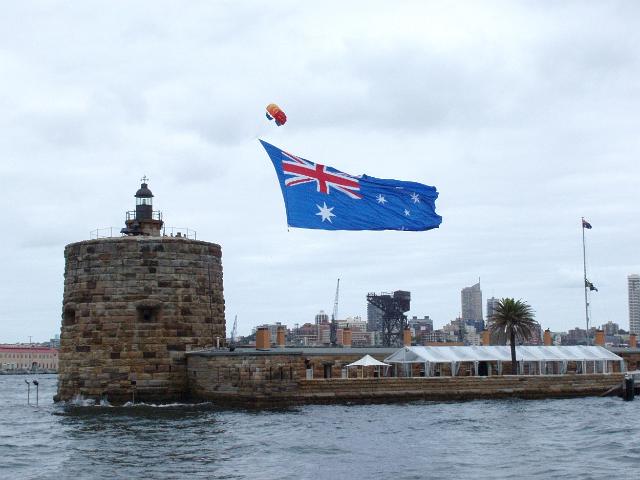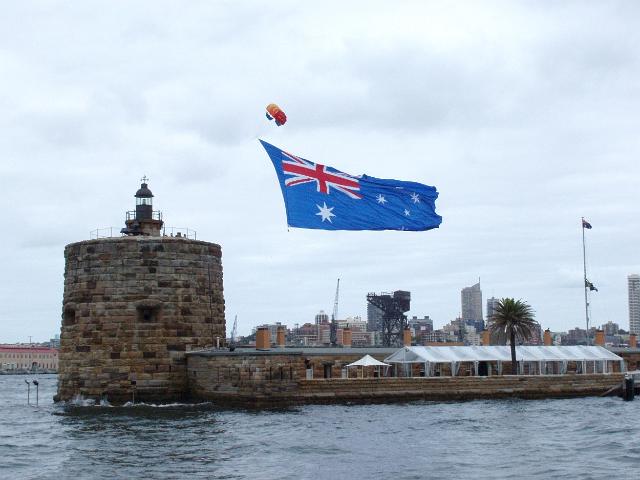
freeaussiestock.com
Last week, the Australian government promised to ensure a small surplus in 2020/21 after more than 10 years of deficit, which threatened the country's highest credit rating.
Moody's and Fitch welcomed the government's economic plan, adding that the budget had no significant impact on the ratings.
Australia is one of the 10 countries in the world that have a credit rating of "AAA" granted by three leading agencies: Moody's, S & P and Fitch. Nevertheless, S&P retained a "negative" outlook on the rating.
"The substantial delay in restoring the budget and risk of further delays increase our doubts about the Australian government’s ability to meet its financial targets", S&P analysts said. "We believe that maintaining a low potential for wage growth and inflation remains a negative factor for the government's current projections".
Wednesday data on showed that wage growth in Australia slowed to a minimum, while consumer sentiment declined, putting pressure on consumer spending and slowing inflation in May.
S&P also notes risks in the fast-growing housing market, mainly in Sydney and Melbourne, where average property prices nearly doubled since 2009. At the same time, bank loans for households jumped to a record high of 175% of GDP.
S&P expects that the lending to GDP ratio will reach 188% by 2020.
"Such a rapid increase in loans can lead to vulnerability in terms of financial, budgetary and economic stability, if the dynamic development will experience a sudden and unexpected slowdown", the agency warned.
On 9 May, the government submitted a draft federal budget for the fiscal year 2017-18, which will begin on 1 July. According to Scott Morrison, Chief Treasurer (head of the Ministry of Finance) of Australia, the budget deficit in the new year will amount to $ 29.4 billion (about $ 21.8 billion at the current rate), which is equivalent to 1.6% of GDP. In subsequent years, the government intends to significantly reduce the budget deficit, bringing it to the level of $ 2.5 billion (0.1% of GDP) in the fiscal year 2019-20. It is assumed that the budget of 2020-21 fiscal year will be surplus.
source: reuters.com
Moody's and Fitch welcomed the government's economic plan, adding that the budget had no significant impact on the ratings.
Australia is one of the 10 countries in the world that have a credit rating of "AAA" granted by three leading agencies: Moody's, S & P and Fitch. Nevertheless, S&P retained a "negative" outlook on the rating.
"The substantial delay in restoring the budget and risk of further delays increase our doubts about the Australian government’s ability to meet its financial targets", S&P analysts said. "We believe that maintaining a low potential for wage growth and inflation remains a negative factor for the government's current projections".
Wednesday data on showed that wage growth in Australia slowed to a minimum, while consumer sentiment declined, putting pressure on consumer spending and slowing inflation in May.
S&P also notes risks in the fast-growing housing market, mainly in Sydney and Melbourne, where average property prices nearly doubled since 2009. At the same time, bank loans for households jumped to a record high of 175% of GDP.
S&P expects that the lending to GDP ratio will reach 188% by 2020.
"Such a rapid increase in loans can lead to vulnerability in terms of financial, budgetary and economic stability, if the dynamic development will experience a sudden and unexpected slowdown", the agency warned.
On 9 May, the government submitted a draft federal budget for the fiscal year 2017-18, which will begin on 1 July. According to Scott Morrison, Chief Treasurer (head of the Ministry of Finance) of Australia, the budget deficit in the new year will amount to $ 29.4 billion (about $ 21.8 billion at the current rate), which is equivalent to 1.6% of GDP. In subsequent years, the government intends to significantly reduce the budget deficit, bringing it to the level of $ 2.5 billion (0.1% of GDP) in the fiscal year 2019-20. It is assumed that the budget of 2020-21 fiscal year will be surplus.
source: reuters.com


















